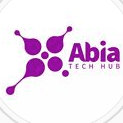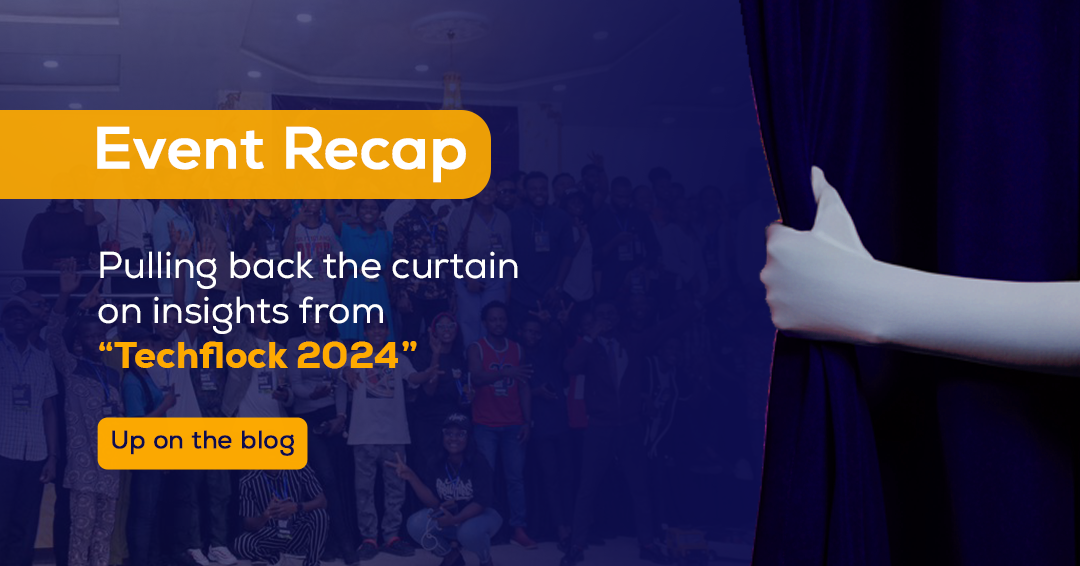ROADMAP TO FULL STACK DEVELOPMENT
Full-stack software development has seen an efflux in almost every organization in recent times.
This roadmap gives you all skills required to become a successful full-stack developer. The more skills you gain, the more your profile gets noticed, and this isn't only limited to engineering or computer graduates, it is for everyone who has an interest in tech and is looking for better career growth because technology has become a major part of our lives.
DEFINITION OF TERMS
-
Stack refers to a collection of soft Modules.
-
Full Stack refers to the collection of a series of technologies needed to complete a project.
-
Full Stack Development refers to the development of both frontend(client-side) and
backend(server-side) portions of web application -
A Full-stack web developer has the ability to design complete and responsive web applications and websites. They work on the front-end, back-end, database, and debugging of web applications or websites.
ROADMAPS TO BECOMING A FULL STACK WEB DEVELOPER IN 2022
Becoming a Web Developer is not a walk in the park especially if you are a newbie in the coding field.
The languages, frameworks, libraries, and databases, along with everything else required, are considered tools for full-stack web development. The easiest way to begin any work is to strategize with a roadmap. A roadmap is the best way to kick-start your attempt to become a full-stack web developer. Let's find out more about full-stack development.
WHAT IS THE BEST PLACE TO START?
The best place to start is by learning a relevant programming language to its core. Understand concepts profoundly and bring them under your command.
THINGS TO LEARN
Some of the very important skills that a full-stack developer should know include:
-
Choosing a Tech Stack
-
Backend
-
Frontend
-
Database
-
Version Control
CHOOSING A TECH STACK
Every tech company follows its tech stack. The choice of a stack for a full-stack web developer depends on individual goals, company requirements, etc.
A tech stack is made up of frontend technology, backend technology, and database management technology.
Some well-known tech stack includes the following;
-
Mern stack
-
Lamp stack
-
Mean stack and so on.
BACK END
The backend is the code that runs on the server, receives client requests, and contains the logic to send the appropriate data back to the client. It is responsible for managing the database through queries and APIs by client-side commands.
This type of web development usually consists of three parts:
-
A server
-
An application
-
A database.
Code written by backend developers communicates information from the database to the browser.
FRONT END
This is the client-side part like it is the part of the website with which a user sees and interacts, this is the visible part of the website or web application that is responsible for user experience. The main technologies required for frontend development are HTML5, CSS3, and JavaScript (ES6). For the real bang, you need to use jQuery, Angular, ReactJs, etc., like libraries/frameworks to make your website trendy!
DATABASES
To store and retrieve data, we need a database, right? There are two types of databases - relational and non-relational (SQL v/s NoSQL). The database is the collection of inter-related data that helps in the efficient retrieval, insertion, and deletion of data from the database and organizes the data in the form of tables, views, schemas, reports, etc. To store and retrieve data, we need a database, right? There are two types of databases - relational and non-relational (SQL v/s NoSQL).
Every developer should be familiar with both types of databases such as MySQL, PostgreSQL, MongoDB, etc.
VERSION CONTROL
Every product/application goes through many versions and revisions before being compiled and deployed. A version control system should be learned and used like GitHub (popular), GitLab, and Apache Subversion.
Using version control is a common practice and one of the good habits for a developer to have.
EXTRA SKILLS TO POSSESS
-
SSH- Secure shell protocol is used to operate network services securely over an unsecured network. SSH provides a secured remote login from one computer to another. It ensures the privacy and integrity of data.
-
HTTP/HTTPS- HyperText Transfer Protocol (HTTP) is the protocol used by the world wide web. It defines how messages are transmitted and how actions are taken by web servers and browsers when responding to commands. HTTPS is the secured version of HTTP. Here, the communication protocol is encrypted using Transport Layer Security. It ensures protection against man-in-the-middle attacks and eavesdropping.
-
Linux command-. It is not necessarily easy or hard to learn. Linux makes the job easier and saves a lot of time by organizing items on the backend.
-
Data structures and algorithms- Data structures are different ways of storing data, while an algorithm is a generic approach methodology to solve a problem or requirement. Every programmer needs to be familiar with these concepts. These are not core skills, but the more intuitive you are, the easier it is to solve issues or add requirements. As a full-stack developer, these courses will help you immensely.




